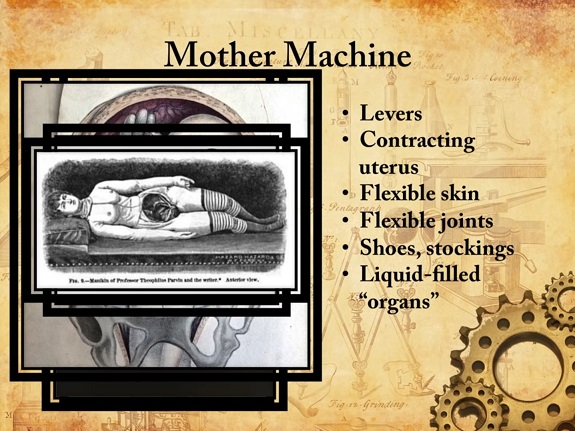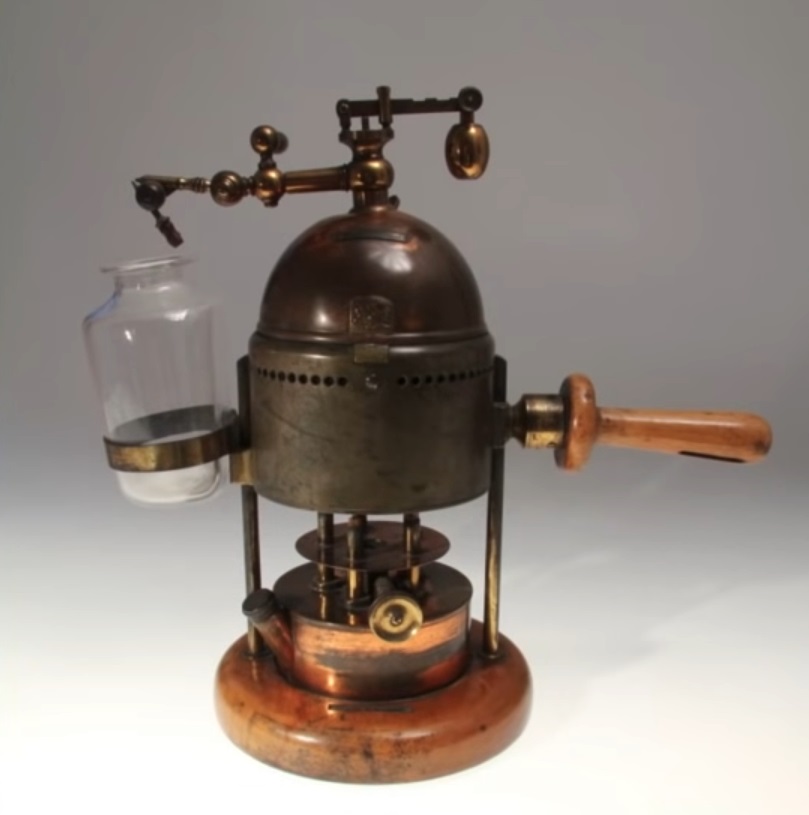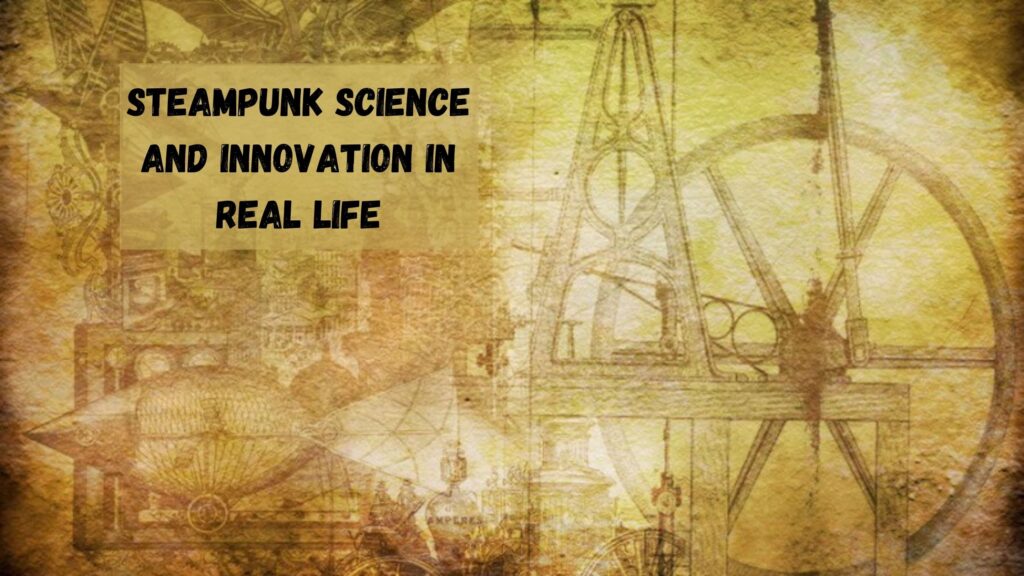Steampunk is often thought of as an aesthetic with a retrofuturistic visual appeal. Imagine huge locomotives and airships that have turning wheels, rotating gears, and expanding sails with whirring and buzzing sounds from electromagnetic instruments. You can also imagine people dressed in a Victorian fashion with long hats, coats, and other accessories like a cane that is a concealed weapon or goggles with multiple oculars. This fashion and machinery is a mix of fantasy and steampunk science fiction from the Victorian era. It describes a past that never existed and a future that will probably never exist. It has the suave of James Bond and the savvy of Sherlock Holmes and it is described as fiction and not fact. But what if it isn’t?
If we dive deep into history, we can find various examples where steampunk science has a place in scientific progress and medicine. Steampunk is a result of disillusionment with the technology we have today. This technology is not very unique and most of the devices and instruments we use are manufactured in an assembly line for example phones and computers. However, this was not the case with Victorian technology. There was usually no assembly line and each instrument or device created during this time was unique to its maker. These instruments or devices usually had an element to them that could be changed or adapted based on the circumstances. For example, there were various doctors and surgeons who created their own designs of medical instruments based on their preferences. As time progressed, these innovations and ideas have led to the best designs we have today.

Steampunk science and innovations in medicine
Let’s talk about a steampunk innovation from the late eighteenth century that had a real-world application in the field of medicine. “Mother machine”, as it was called by the Historian and author Dr. Schillace, was a mechanical device that imitated the anatomy of an adult female body. It had a contracting uterus with flexible skin, movable joints, and liquid-filled organs which were accomplished using levers, gears, and pipes. This was a great help for practicing and studying the delivery of a child for doctors and their students without hurting a real patient.

Another steampunk science innovation that was very useful in the medicinal field was the carbolic acid sprayer. Two of these devices still exist in the Dittrick museum where one of them is put on display.
Even though this acid sprayer resembles a steampunk weapon, its actual use was to kill germs in the process of surgery. This device was invented by Lister who was an English doctor and surgeon during the mid-1800s applying the theories of the famous scientist Louis Pasteur. These theories contained information about invisible germs that could be the cause of numerous infections.


How steampunk inspires innovation
Bruce Rosenbaum, who has quickly become an authority on Steampunk art and design has had various experiences involving kids interacting with his steampunk devices. These experiences made him wonder whether steampunk is just a sub-genre of science fiction or it is much more than that. He thinks of it as a world of “What ifs” where he believes that steampunk is a combination of history art and technology.
SP= H+A+T
Steampunk = History + Art + Technology
Bruce wondered if steampunk affects the mind in a certain way and decided to test his theory with kids on the autism spectrum. With the help of Dr. Hillier, who is an associate psychology professor at the University of Massachusetts, he created a 9-week steampunk art therapy program for kids with autism. This program was called “Steampunkinetics – Building art into science”.
The idea of this program was to make these kids collaborate with each other and work hands-on to create a steampunk kinetic machine that would help them build their social skills. It would also help them reduce their anxiety and help them become better problem solvers.
In this program, the kids were asked to build a steampunk tower house that had different boxes representing different rooms in a house. The kids were divided into teams and each child was assigned a specific task. These tasks could be developing the idea of engineering the tracks, designing the box, or setting up electronics, etc. The magic came in when all the teams combined their work to makes sure that the ball would start from the top box and travel all the way down and then come back up again.
Based on the success of his program, Bruce believed that steampunk is not just good for autistic brains but is great for all of our brains. Steampunk involves creative problem solving and forces you to think out of the box. This creative problem solving is called Janusian thinking or divergent thinking. It is believed that many of the famous scientists and inventors were Janusian thinkers. They thought in opposites making them challenge the inventions and theories of their time which ultimately led to present-day inventions.
There are now several Steampunk art design seminars and projects which are regularly organized in schools, colleges, museums, and even organizations like TEDx. In these programs, kids build on their collaboration skills, creative thinking, and problem-solving skills.
